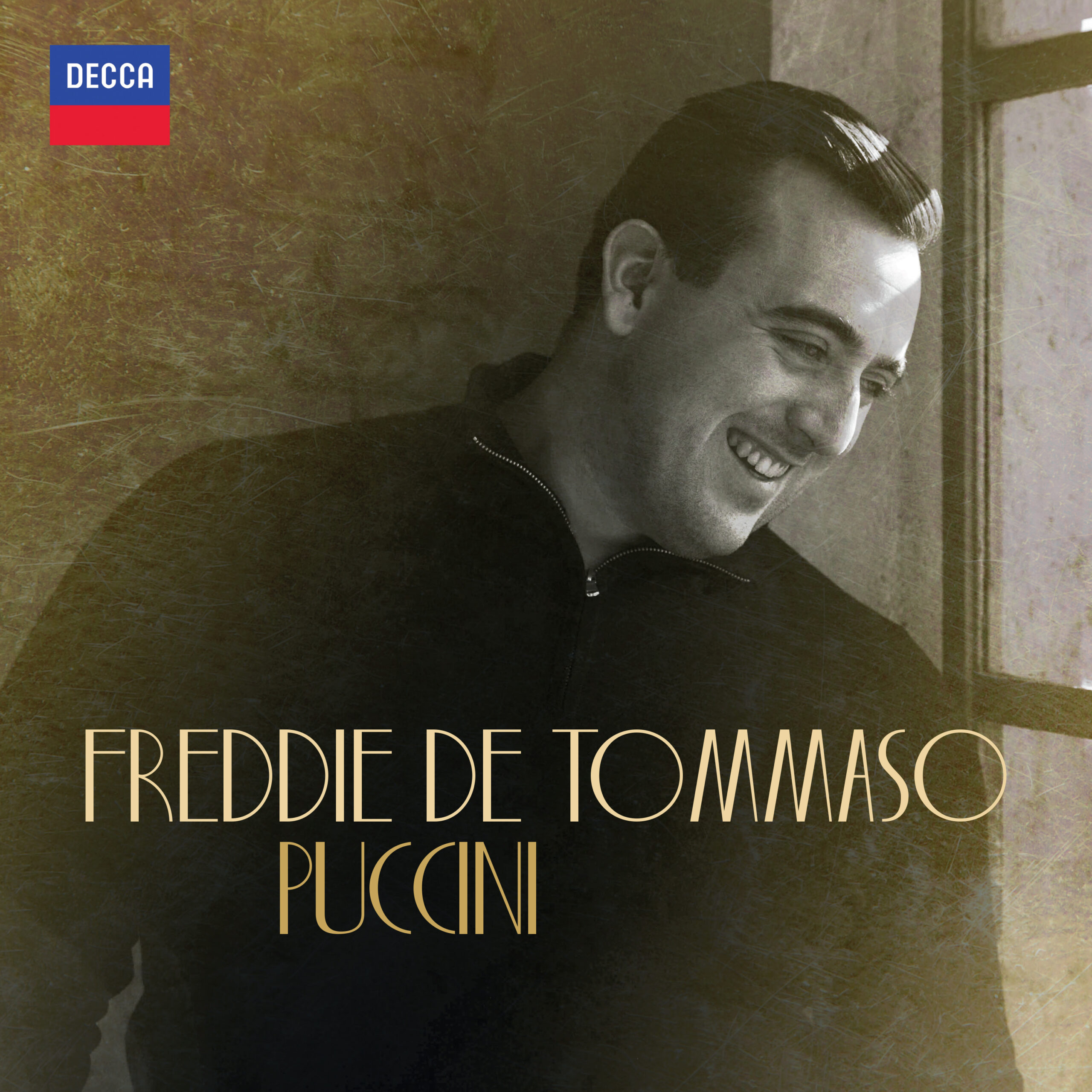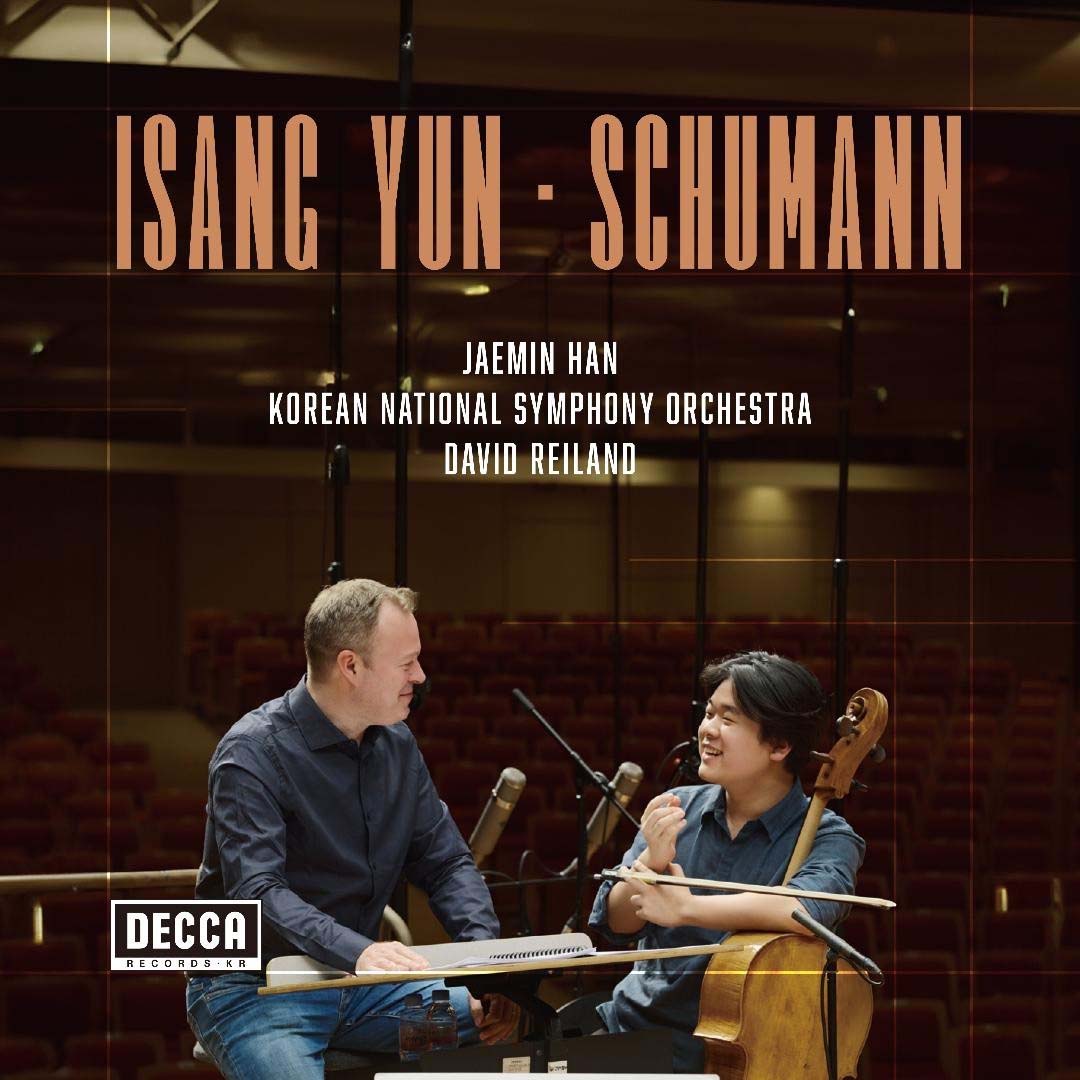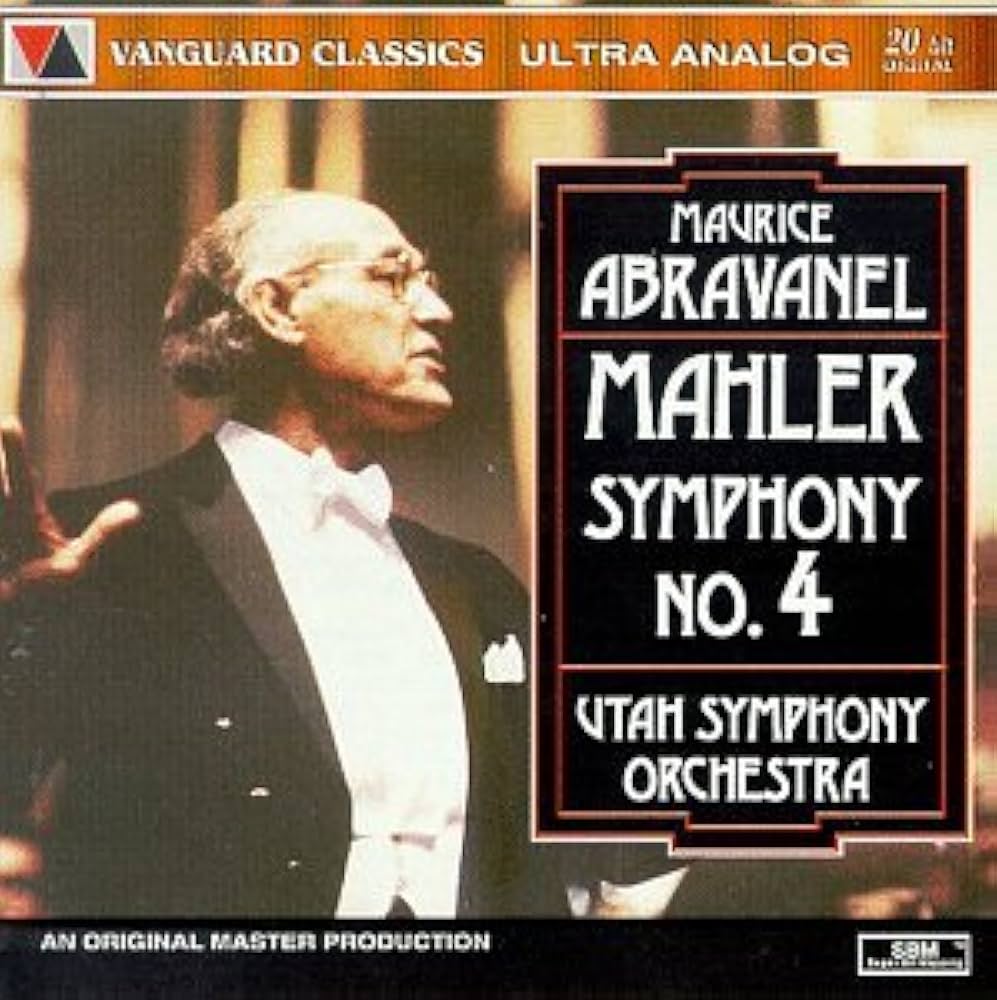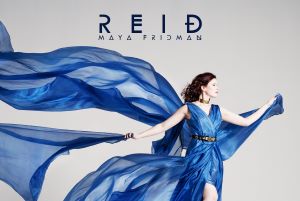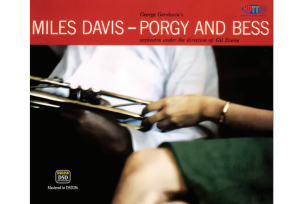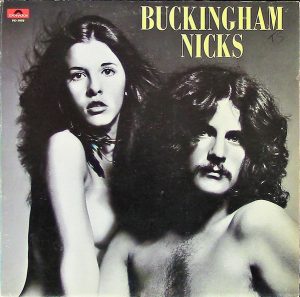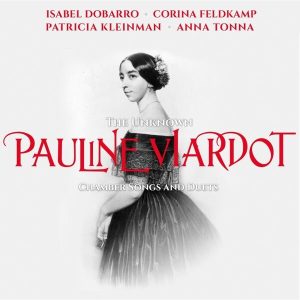
Chamber songs and duets. Corina Feldkamp, soprano; Anna Tonna, mezzo-soprano; Isabel Dobarro, pianist. Cezanne CZ 090. TT: 52.21
Caña española. El corazón triste. Canción española. Seguidillas de los oficialitos. Fandango. Mi numen parlero. Mazourka de Blagoïska. Stanzas for music. Amor con sue promesse. Occhi miei. Come fan' le ragazze. Saluto. Dimmelo caro ben. Le moissonneur. Scène de Phèdre. Au mois de rose éclose. Lune d'amour. Valse du crapaud. Je n'aime pas les toréros.
Download: qobuz.com (16-bit, 44.1 kHz). Streaming: pandora.com; spotify.com; theunknownpaulineviardot.hearnow.com
Pauline Viardot (1821-1910) lives in music history as the younger daughter of the great nineteenth-century pedagogue Manuel García, and as a noted diva who undertook a wide variety of roles. (Her elder sister was Maria Malibran, also a star soprano; a fall from a horse caused her untimely death.) Viardot's musical talents, however, were not strictly operatic. She had trained as a pianist in her youth, returning to the keyboard as time and life permitted. Throughout her career, she would also compose in a variety of forms—mostly vocal and instrumental chamber music, but also several choruses and five operas!
The Cezanne program gives us chamber compositions for voice. Their spirit frequently reflects that of Rossini in the Serate musicali, but they're more substantial than many of those salonish pieces, and some of them—the French songs, especiallyvsound more ambitious and advanced.
According to Wikipedia, Mme. Viardot was an accomplished linguist, and this selection, including settings in Spanish, French, Italian—even one in English, of Lord Byron's Stanzas for Music—suggests as much. The Spanish numbers reflect dance forms, sometimes referenced explicitly in their titles (Seguidillas, Fandango). Among the French songs, Le moissonneur, with its controlled turbulence, actually feels oddly Spanish, while the Mazourka de Blagoïska is comparatively calm for a mazurka—it's more like a lyrical waltz. A sort of impassioned restraint marks the Lord Byron setting.
Mezzo-soprano Anna Tonna, who sings in sixteen of the program's nineteen numbers, is a stylish and convincing advocate. Her clear, compact mezzo offers shapely phrasing (particularly in the short, segmented phrases of Occhi miei), and she brings off the florid unaccompanied cadenzas with enthusiasm and a shiny top. Interpretively, she proves equally at home in the broad, varied dramatics of Amor con sue promesse and the declamations of the Scène de Phèdre; throughout the program, she projects the texts with a pleasing directness. Here and there, notably in Dimmelo caro ben, Tonna doesn't always immediately latch on to the trickier "sideways" harmonic shifts: I wouldn't always swear that every fast passing note speaks dead center.
Corina Feldkamp is Tonna's soprano partner in three duets. The two women's lines in thirds are especially well matched—the disjunct counterpoint is less unified—but their timbres are sufficiently distinctive to differentiate them easily. In her three solos, Feldkamp's voice is large and beautiful, but I couldn't help feeling she'd have been more at home in a slightly lower tessitura: some of the topmost notes turn driven, or wiry. That, despite this, her rendition of Come fan' le ragazze is so charming speaks to her musicality and sense of style.
Isabel Dobarro, at the piano, provides splendid support, with a consistently round, full-bodied tone—none of the shallowed-out treble we hear on many other song recitals. Her rubatos undulate in the rippling, Mendelssohnian Dimmelo caro ben. Her melodic articulations are limpid in the Canción española, and scintillating in the Fandango.
The sonics are vivid and present; if you customarily listen to orchestral music, as I do, be sure to take a volume cut. The Digipak packaging is attractive, but the notes on the composer, by Projecto CompositorAs artistic director Patricia Kleinman, are minimal, and the texts are provided in the original languages only—no English translations. The break between tracks 6 and 7—Mi numen parlero and the Mazourka—could have been longer. Oddly, the general-interest sites Spotify and Pandora offer the program for streaming, but the classical specialty site iDAGIO does not.
stevedisque.wordpress.com/blog




